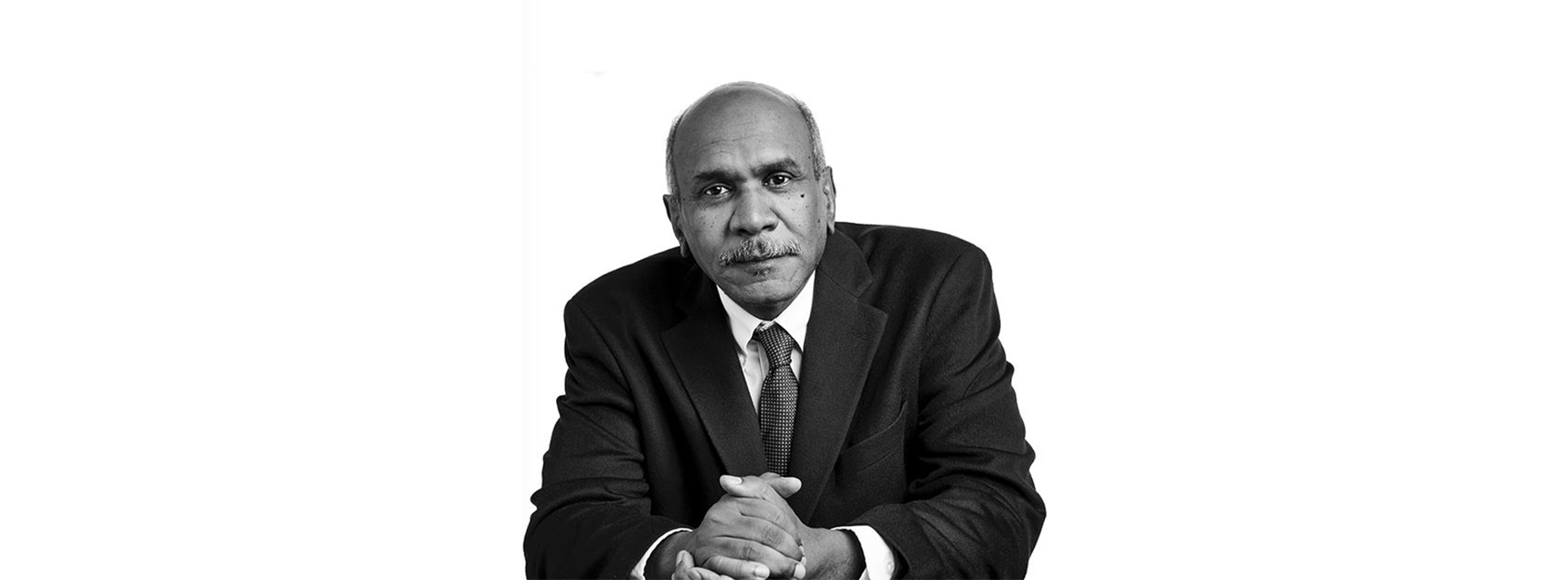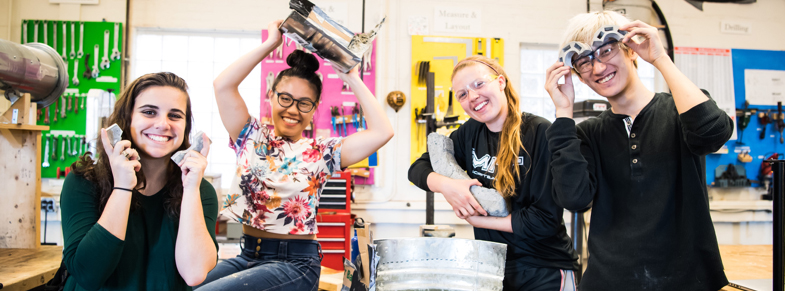Kids Camp Teaches Next-Generation Scientists About the Fun of Experimentation

The third annual Civil and Environmental Engineering Kids Camp provides STEM education to youth
In August more than 30 kids took over the halls of MIT’s Department of Civil and Environmental Engineering (CEE) to live up to the MIT ethos of learning by doing as part of CEE’s third annual Kids Camp.
Participants aged 3 to 17 donned blue t-shirts emblazoned with the phrase “future scientists and engineers” decorated with DNA, beakers and atomic diagrams. The one-day science camp was filled with experiments and lessons on science in day-to-day life, including explorations of clouds, mosaics and slime.
“If you ask any grown-up scientists or engineers what first made them excited about science and engineering, they will usually tell you a story about something that happened when they were very small,” says Desiree Plata, Gilbert W. Winslow Career Development Assistant Professor in CEE.
Professor Plata ran a session called “Polymers: Strong and Silly” on the structure of polymers, which led to participants making their own slime and silly putty. Her passion for science outreach started as an undergraduate, when she ran kids’ science demonstrations on some afternoons and weekends. She also created a local outreach program while an MIT graduate student.
“I’m excited to see students learning but I’m also thinking about them 20 years from now and whether or not activities like today are going to be the thing that sparks their interest in science and engineering,” she says.
Kids Camp began in 2015 as a way to engage local children in positive and fun science over their summer vacation. “We are always looking for new ways to engage with the community and the next generation of scientists and engineers, and Kids Camp was a concept we thought of that could be rewarding for everyone involved,” says Markus J. Buehler, the McAfee Professor of Engineering and department head of CEE.
Students were exposed to a breadth of sciences that fell under the umbrella of CEE, and were given mini-lectures about the exciting real-world applications of the experiments they conducted.
In “Create a Mosaic,” participants made mosaics out of glass tiles after learning about the history of tilework in ancient buildings. Linda Seymour, a CEE graduate student in the Lab for Multiscale Characterization and Material Design, told students about preservation efforts and described sourcing of local materials as kids dotted tile grout with colorful squares and triangles.
“It’s fun to put into perspective things kids see every day. It can help them relate to the science,” says Seymour. For example, if they notice patterned stone flecks in a sidewalk, “they can put that into this scientific context,” she says.
Other sessions included “Cloud in a Bottle,” where students learned the ingredients for cloud formation before making clouds in a jar; “Fly, Spin, Roll and Building,” where participants explored the mechanics of building simple machines, including a marshmallow catapult and a spool-and-elastic racecar; and “What’s Your Phobia,” where kids learned about hydrophobic materials and surface tension by experimenting with the water-repelling properties of a sooty glass surface, which ended with students watching a short slow-motion, close-up video of what they had just done, letting them understand their experiment on another level.
“The most valuable thing for the kids is to let them get hands-on experience in this kind of environment,” says Rickie Briana, a 17-year old participant. Briana had gone to previous the previous two Kids Camps, and has incorporated the activities into the summer school program where he works. He plans to be an engineer, and enjoys engaging with the younger Kids Camp participants in the hopes they will remember how science can be fun. “It will keep them doing that stuff throughout their lives,” he says.
Exposing kids to how science is done in the “real world,” outside of the silos typical of primary and secondary school education is important to foster a life-long love of learning and exploring and a mission CEE promotes.
“I think science and engineering is a really beautiful tool for providing solutions to global challenges,” says Dr. Plata. “The more people we can recruit to science and engineering the better.”



